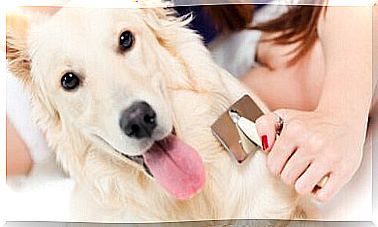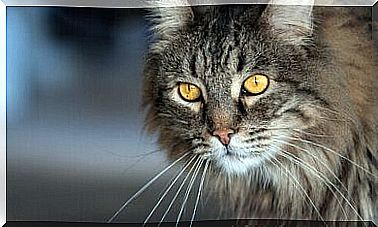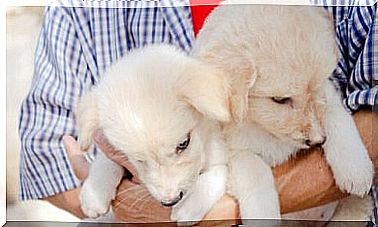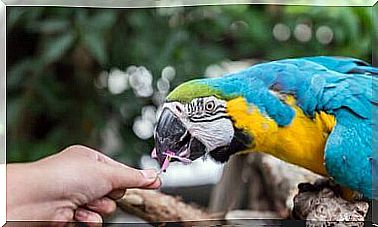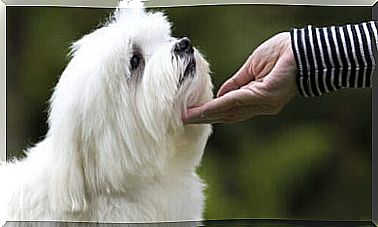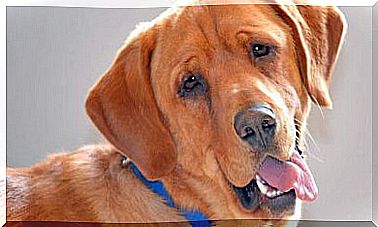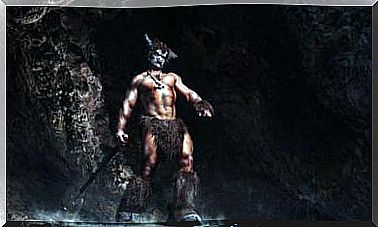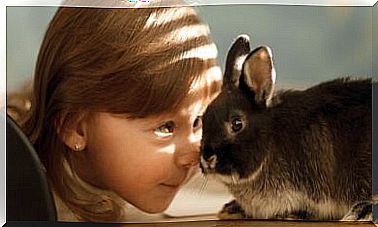Group 5 Dogs: FCI Classification Of Breeds
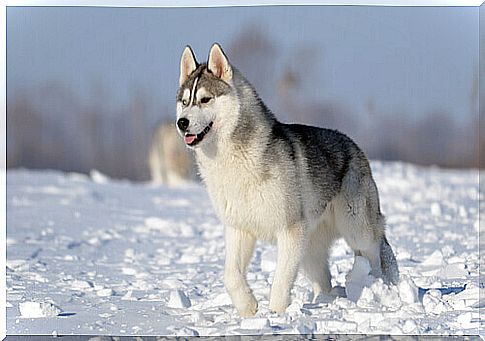
The International Cynological Federation is in charge of determining the regular standards of each canine breed and classifying them according to their characteristics. In this article, we’ll tell you what the dogs in group 5 are, which include the Sled Norse, Hunting Norse, Guard and Herding Norse, European Spitz, Asian Spitz, Primitive type, and Primitive from hunting.
Dogs of group 5: Nordic sled
Within this section there are 4 races, among them the best known are:
-
Siberian Husky
A working breed raised in Northern Russia, very similar to the wolf in appearance. Medium in size, it has a dense coat for snow and of various colors. It can also be a good pet if trained from an early age. Instead of barking, he howls. He loves to live in a pack (it is not recommended to be alone) and may have blue eyes.

-
Alaskan Malamute
Another one of the dogs that look like wolves. But, in this case, the Malamute breed is capable of carrying weights of up to 20 kg for several kilometers, without stopping. In addition, it has a thick layer of hair and its body is muscular. He always has his head held high, is affectionate, loyal, selfless and an ideal friend.
Dogs of group 5: hunting Nordics
The 10 breeds that make up this section are usually not well known outside their countries of origin (Finland, Norway, Russia and Sweden). We can highlight:
-
Finnish Spitz
Created to hunt squirrels and rodents, it gets on very well with children and is the symbol of its country. He is also a bit stubborn, independent, playful, faithful to one person and very curious. The Spitz Finnish need daily walks and exercise and also weekly brushing, due to its double layer of fur.
-
Laika of West Siberia
It is a hunting breed of Russian origin, more precisely from the Ural Mountains region. Laika means “dog that barks” in the local language. It is a very versatile dog that adapts to any climate (although it prefers the cold, due to its thick coat).
Group 5: Nordic Guard and Herding Dogs
This section is also home to breeds that are somewhat unknown outside their home countries (Finland, Iceland, Norway and Sweden). Are the following:
- Finnish Shepherd from Lapland
- Finnish Lapland Dog
- Norwegian behund
- Icelandic Shepherd Dog
- Spitz of the Visigoths (Sweden)
- Swedish dog from Lapland (Sweden)
Dogs of group 5: European Spitz
There are only two races that make up this section:
- German Spitz
- italian volpine
Dogs of group 5: Asian Spitz
Of the 11 races included in this division, we find several “known” outside Asia, including:
-
Chow chow
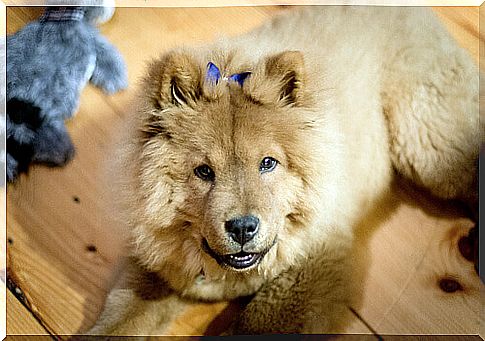
The lion dog is one of the oldest in the world. Used for centuries to defend Buddhist temples in China, its bluish tongue is one of its main features. It is robust, has triangular ears, a black nose and peculiar movements with its hind legs. It is an excellent pet, loyal to its family and perfect for apartment living.
-
Akita Inu
This Japanese dog was bred for hunting, although it was also used by warriors for defense and attack. It arose from a cross between an English Mastiff and a Tosa Inu. It is large, has thick fur, small triangular eyes. As for its temperament, it is a very silent and reserved animal, as well as affectionate, protective and loyal.
Dogs of group 5: Primitive type
There are 5 races that make up this section and we can highlight the following:
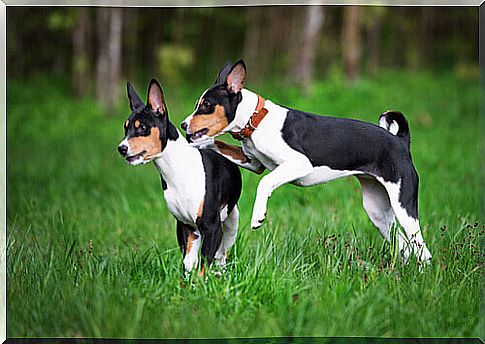
-
Basenji
Originating in West Africa, it was used for hunting and tracking. It does not bark, but emits a sound similar to Tyrolean singing. It’s playful, a little restless and needs obedience lessons since a puppy, to avoid breaking objects at home. It doesn’t like water, cleans itself like a cat and doesn’t smell like other dogs. The cloak can be black, brindle or brown.
Dogs in Group 5: Hunting Primitives
There are 6 races within this section, and although they are not very well known, we can talk about one of them:
1.Podengo canary
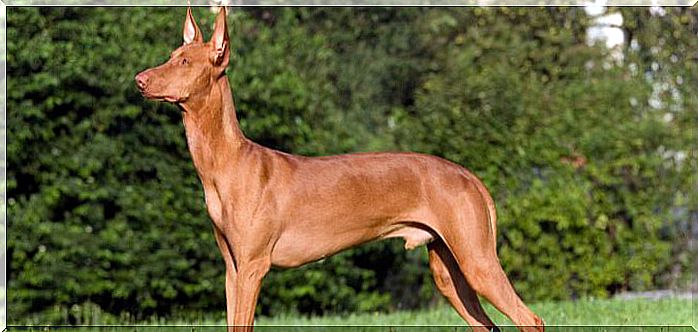
Originally from the Canary Islands, this dog is brown (light or dark) and has an elongated body. Also, it usually has little fur and likes to hunt since it’s a puppy. When it discovers prey, it emits a short, repetitive bark. He is very faithful and noble, a little restless, hard-working, intelligent and sometimes stubborn.
